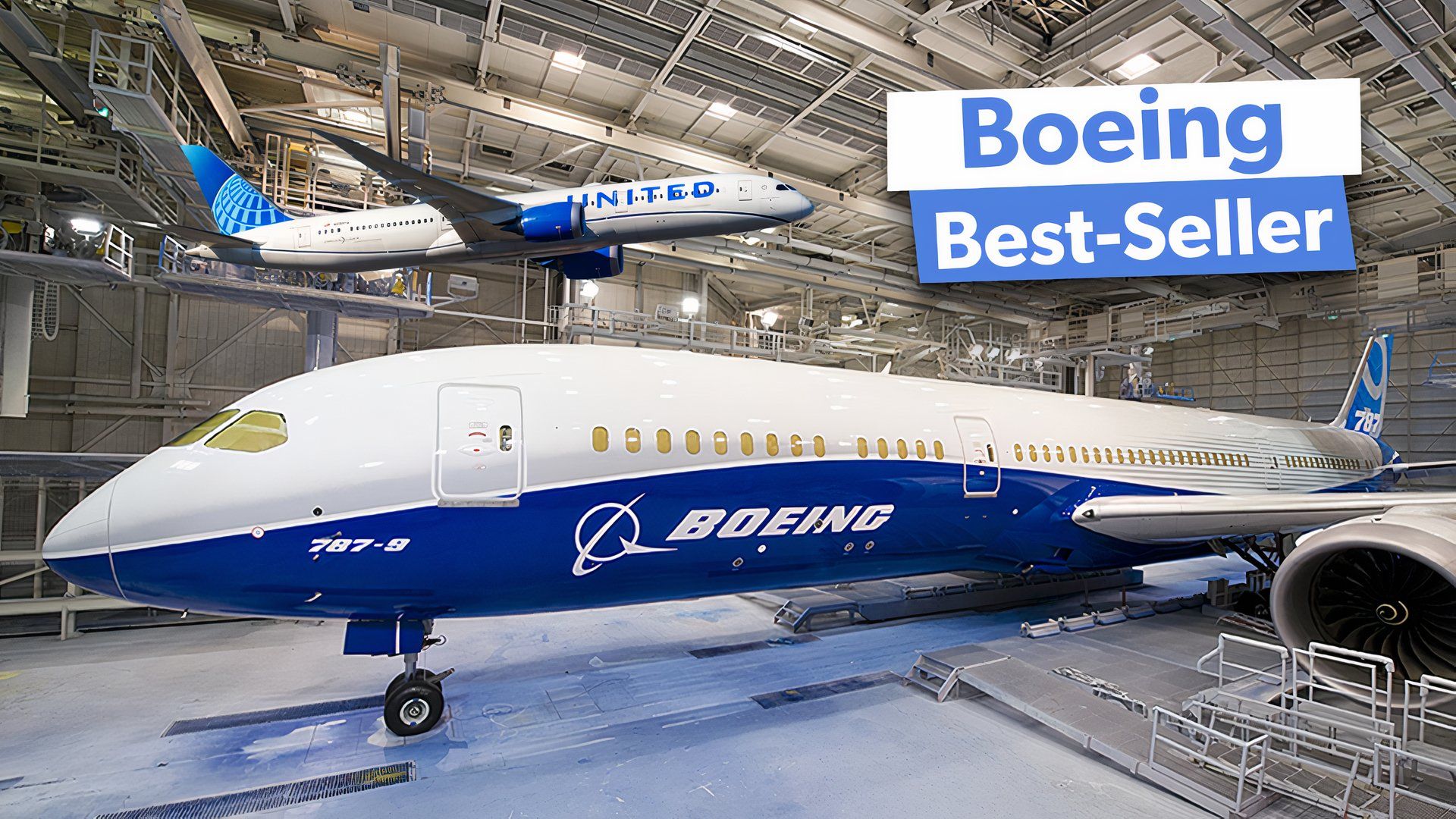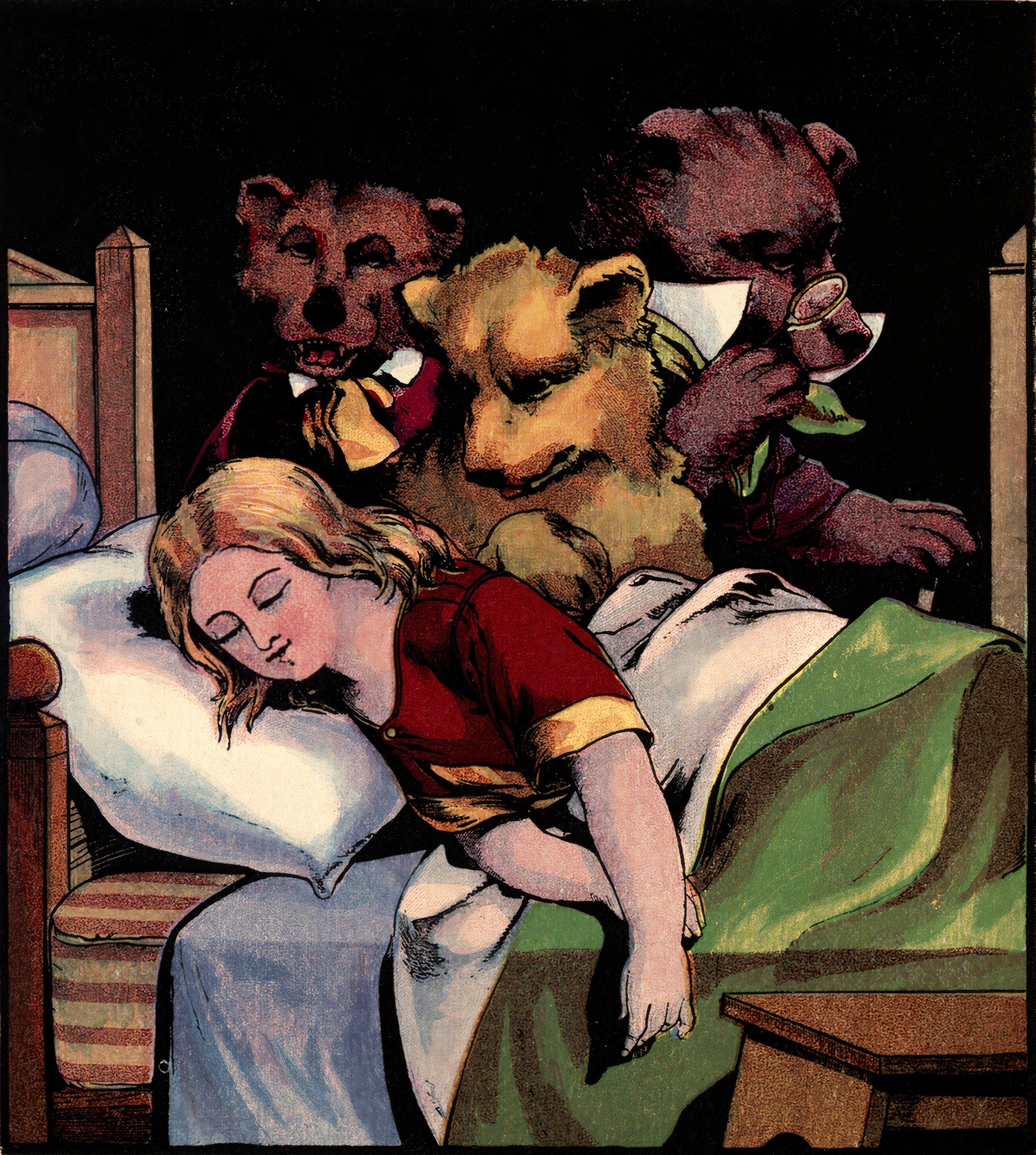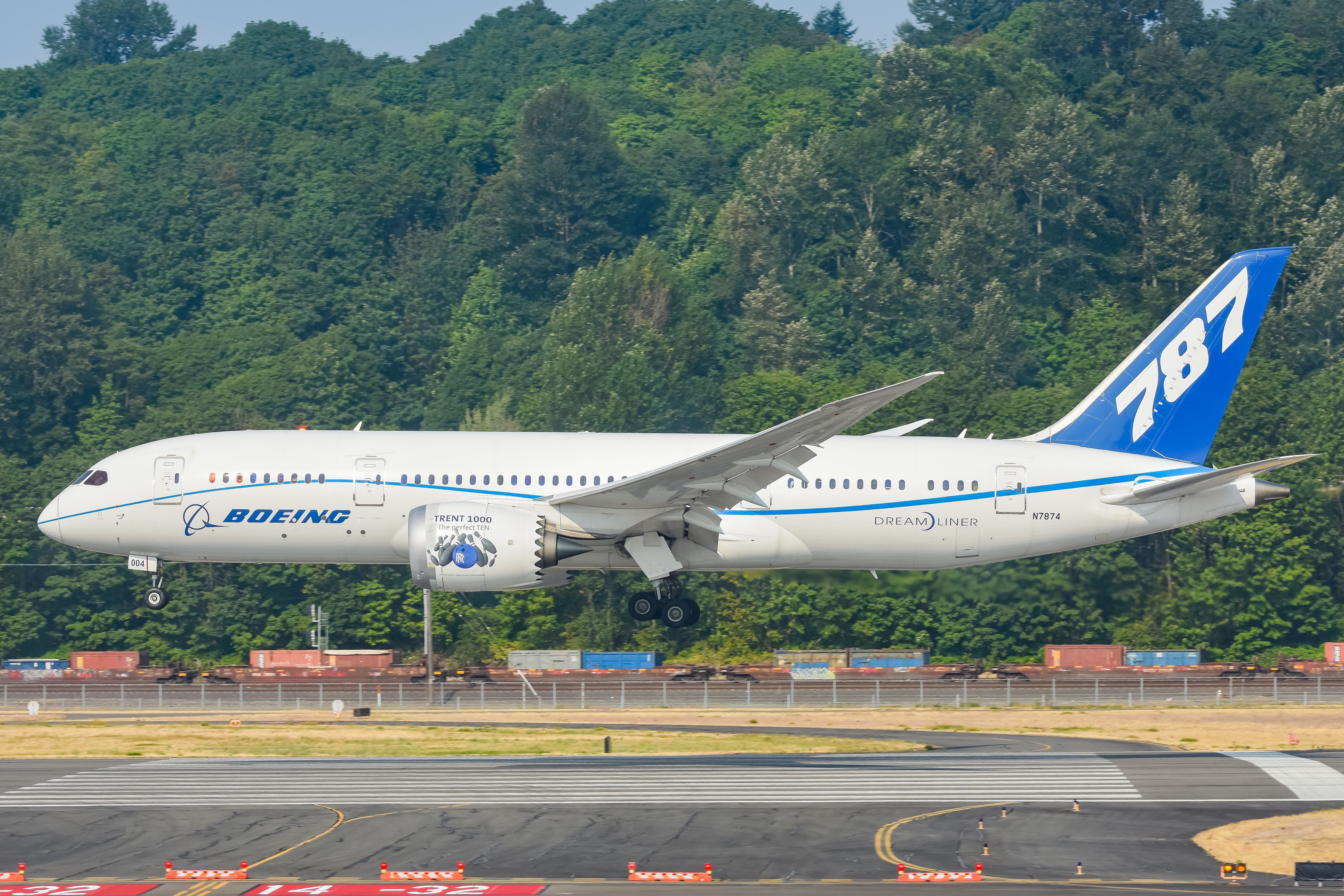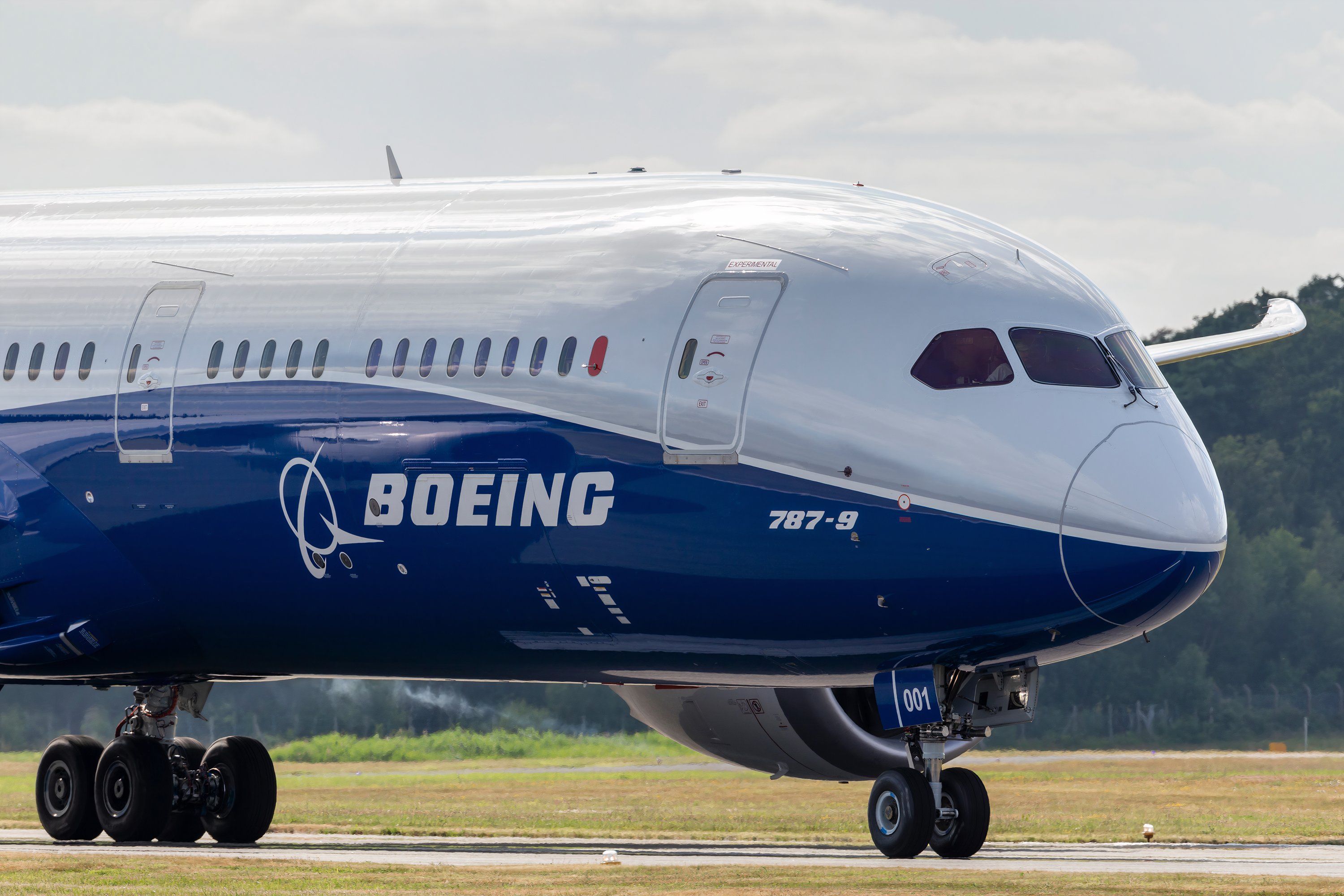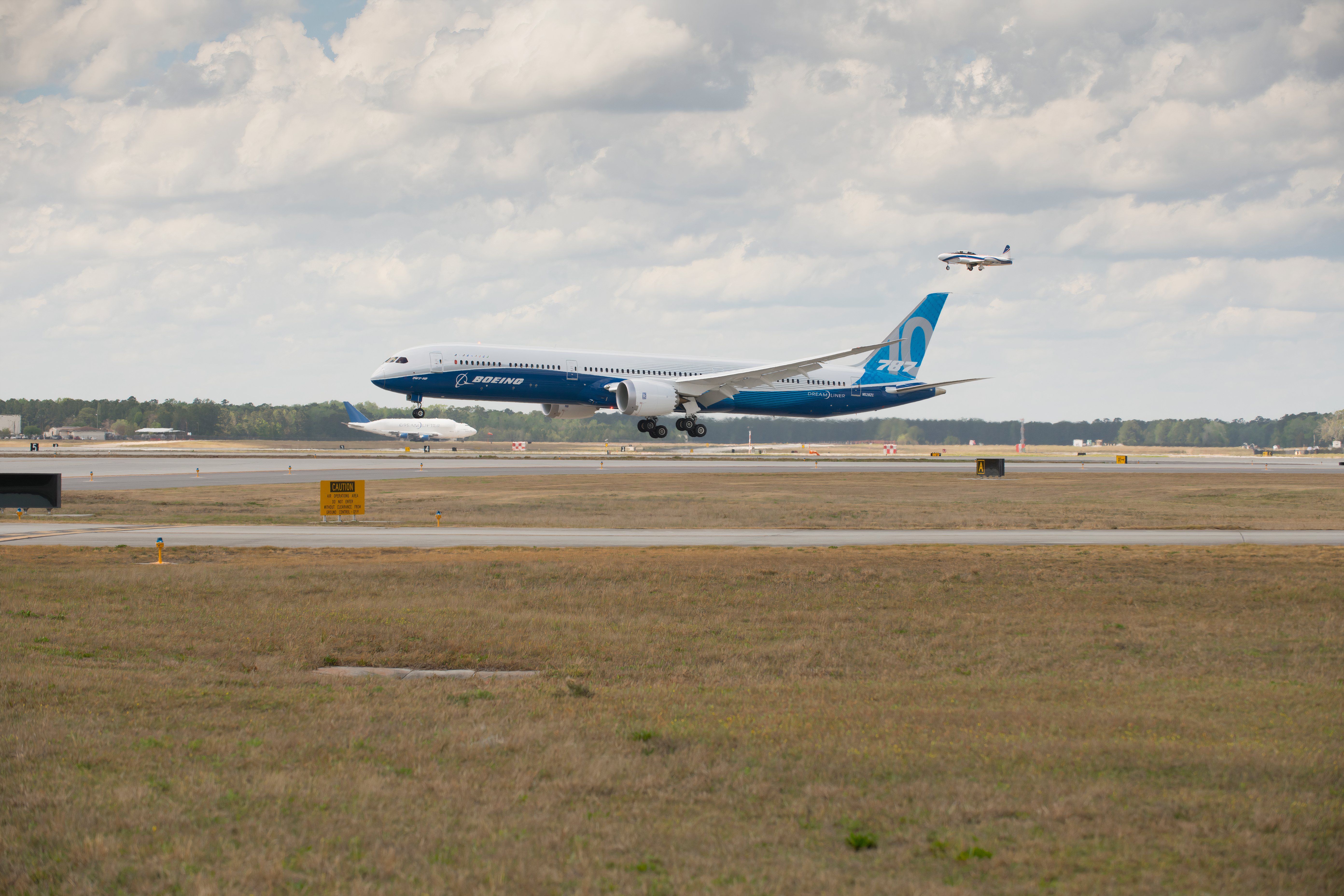In marketing, there is a technique called the Goldilocks Effect. It’s based around something not being extreme in one direction or the other, rather landing in the comfortable middle and therefore having appeal. But how does this principle apply in aviation? A good example is the Boeing 787-9, and how it has sold so much better than the 787-8 and 787-10.
The Goldilocks Effect: What is the marketing trick?
Although the term was coined relatively recently, this marketing tool has existed since the beginning of trade. British Entrepreneur Steven Bartlett explains in his book The Diary of a CEO like this:
We understand the value of things by the context we give them.
To understand why this technique got its name, we must look at Goldilocks and the Three Bears, a 19th-century fairy tale.
In the fairy tale, the main character, a girl called Goldilocks, breaks into a house belonging to three bears. She wants somewhere to sit, something to eat and a bed to take a nap in. After deciding one option was too hard or salty and another too soft or sweet, she plumps for the third option which turns out to be somewhere in between the two – just right!
The 787 case study – the effect in action
Now that we have determined how the effect works using everyday objects you can relate to, let’s turn our attention to today’s case study: the 787 family and, most importantly, the “rockstar product,” the 787-9.
Steven Bartlett also explains that people choose the middle option, as it’s considered the safest with the most value and few compromises. To demonstrate this, let’s look closely at all the Dreamliners, their suitability, and the number of orders they have amassed.
|
Aircraft |
Orders |
Deliveries |
|---|---|---|
|
787-8 |
431 |
396 |
|
787-9 |
1227 |
636 |
|
787-10 |
270 |
206 |
787-8
The 787-8 is the original Dreamliner variant, having entered service more than a decade ago. It can seat up to 248 passengers and fly up to 7,305NM. It was intended to replace early 767s like the -200ER.
Photo: Minh K Tran | Shutterstock
This Boeing aircraft is a direct competitor to the A330-200. It initially sold pretty well as the only Dreamliner on offer until 2014, when the 787-9 entered service.
According to Forbes, a 787-8 unit costs $239 million. Since the program launched, 431 aircraft have been on order, and 396 airframes have already been delivered. Qatar Airways, British Airways, Scoot, and United Airlines are key operators.
787-9
This is the “middle child” of the 787 family, between the -8 and -10. It can seat 296 passengers (2 class layout) and fly 7,565NM, more than 200NM more than its smaller sister.
Photo: Ryan Fletcher | Shutterstock
It’s designed to compete somewhat with the A35-900 regarding fuel efficiency but was primarily designed for 767-300 customers to upgrade. According to Statista, the unit cost is $292.5 million, almost $50M more than the -8. Since its launch, it has amassed 1,227 orders and seen 636 deliveries. Key operators include All Nippon Airways, Air France, KLM, and American Airlines.
787-10
The 787-10 is the latest 787 variant to have rolled out of the Boeing factory. It can seat 336 passengers but has a shorter range at 6,330NM. It is, therefore, primarily designed for the shorter end of long-haul sectors with high demand.
Photo: Boeing
It can also be used to have additional capacity on medium-haul segments, and this explains why it was selected by airlines like Eva Air and Singapore Airlines to respond to strong demand across Asia and Oceania. Some operators include United Airlines, KLM, and British Airways.
It is the least popular with “only” 270 orders, of which 106 have already been delivered. The price tag for a 787-10 is $288M, slightly cheaper than the -9.
Why is the 787-9 more successful?
Using what we have learned about the Goldilocks effect, let’s apply it to the 787-9. We compared it to other variants and determined some critical advantages over the two types.
Let’s start with the price and range: for an extra $50 million, an operator can have an improved range of 200NM.
Then comes capacity. The 787-9 can carry 49 more passengers than its predecessor. This may seem small, but it can be the difference between a profitable and revenue-losing route.
The last advantage is flexibility; this variant of the 787 can be used on a plurality of routes: long routes with low demand, like Frankfurt to Minneapolis, and more traditional routes with high demand, like London Heathrow to San Francisco. It’s even used on one of the longest flights in the world, from Perth to London!
So why aren’t the other variants as popular?
To clarify the analysis, the 787-10 variant, although less expensive and capable of carrying more passengers, isn’t as popular due to its limited range. While some airlines do use it on long-haul routes like BA sometimes does on its road to Seattle, it is better suited for Asian regional routes where Singapore Airlines uses it on flights under 6 hours.
The 787-8, on the other hand, has a range almost on par with the 787-9 but is limited by how many passengers it can carry. Therefore, it is more popular on niche long-haul routes where the demand does not justify the 787-9. A good example of that would be Scoot’s Berlin to Singapore flight.
The Boeing 787-9 occupies that ‘just right’ range in the middle of its sisters – not to big nor too small, and with a killer range to boot. It’s the Goldilocks effect in full force!

